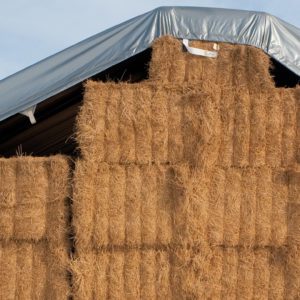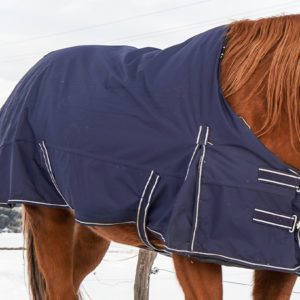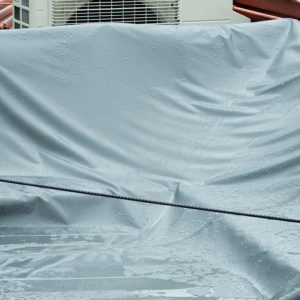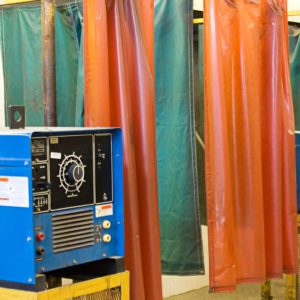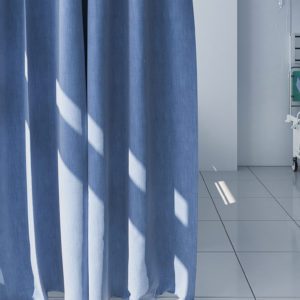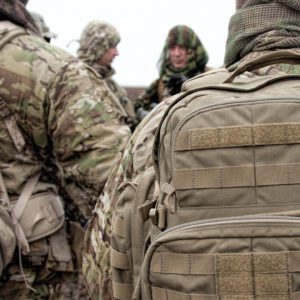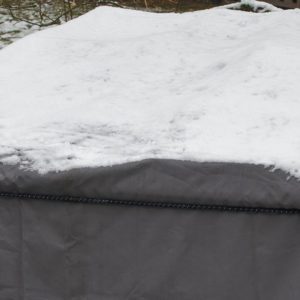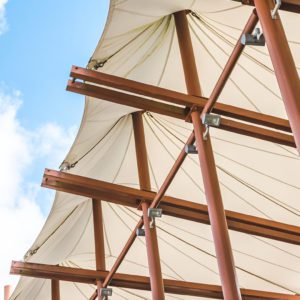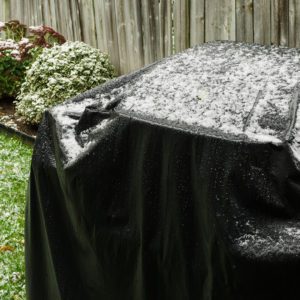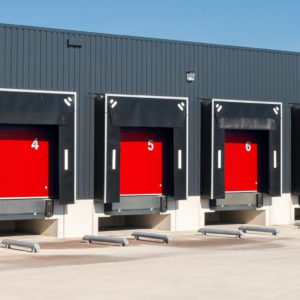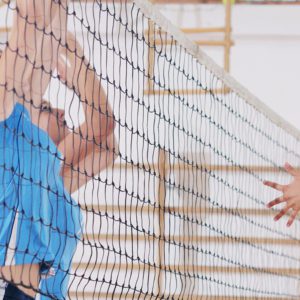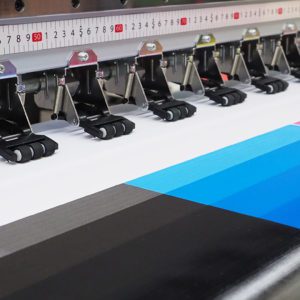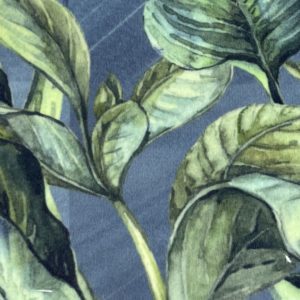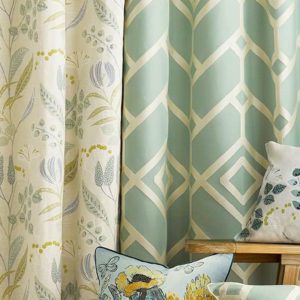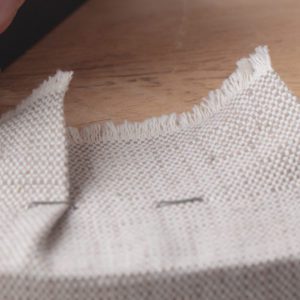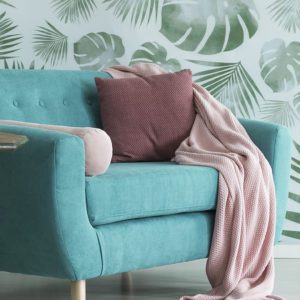Overview
Dyeing fabric is a cross between art and science and is an important and interesting part of the textile industry. This aticle discusses three common methods of fabric dyeing: jet dyeing, jig dyeing, and beam dyeing.
How Does Fabric Dyeing Work?
Jig dyeing, jet dyeing, and beam dyeing methods are different types of piece dyeing, also known as batch dyeing or exhaust dyeing. This type of dyeing is the transfer of dye from a dye batch to the fabric in one continuous process. Fabric construction and weight play a big role in what type of dyeing method is chosen.
Dye molecules move from the dye solution into the fabric until the fabric absorbs as much dye as it can. This happens all at once in a batch, without removing the fabric during the process. How long it takes and how saturated the color becomes depend on different factors: dye temperature, dye to fabric ratio (volume of dye solution to weight of fabric), and method of agitation.
Proper fabric selection, dye compatibility, equipment maintenance, loading techniques, dye bath management, and pH control are crucial factors to consider for successful and consistent dyeing results. Yarns have different abilities to accept the dyes, which can also affect shading.
Common Methods of Fabric Dyeing
Jet Dyeing
Jet dyeing is known for its ability to create a cotton-like feel out of a synthetic fabric. It is commonly used for synthetic fibers and blends. The fabric goes through a closed loop and gets sprayed with dye using high-pressure jets. Jet dyeing machines have nozzles that create turbulence, making sure the dye goes deep into the fabric quickly. Most synthetic knits are jet dyed.
Jet dyeing does not put tension on the fabric. It allows the material to bulk up which builds body to the fabric and also improves the hand and creates a softer feel.
Jig Dyeing
Jig (or Jigger) dyeing allows for dyeing different fabric types, weights, and constructions in both large and small batches. The fabric is wound onto a roller or a jig and immersed in a dye bath. To ensure consistent dye penetration, the fabric is repeatedly passed through the dye solution. Jig machines are versatile and can handle various fabric types, including natural fibers, synthetic fibers, and blends. It is frequently used for dyeing woven fabrics, however they are not used for delicate fabrics.
Jig Dyeing is an open system with a trough that has two take up bars on each side and a bar at the bottom that lowers into the trough. Each time it goes through the trough with dyestuff the fabric picks up dye. This is typically used on fabrics that have a tighter construction. The tight construction makes it difficult to push dye through. It’s important that the fabric is watched and not allowed to crease as it goes from one take up reel.
Beam Dyeing
Beam dyeing is a dyeing method that is suited for fabrics with a more open construction to allow the dye to be pumped through the fabric. The fabric is wrapped around a special beam perforated with tiny holes and placed in a dye bath. The beam sits in the dye and is pumped evenly through the fabric. Beam dyeing machines are great for efficient and consistent dyeing.
Beam dyeing is less prone to creasing and dyeing is very consistent because the fabric is sitting still in the dye.
